Home>Gardening & Outdoor>Landscaping Ideas>How Heavy Is A Pallet Of Grass
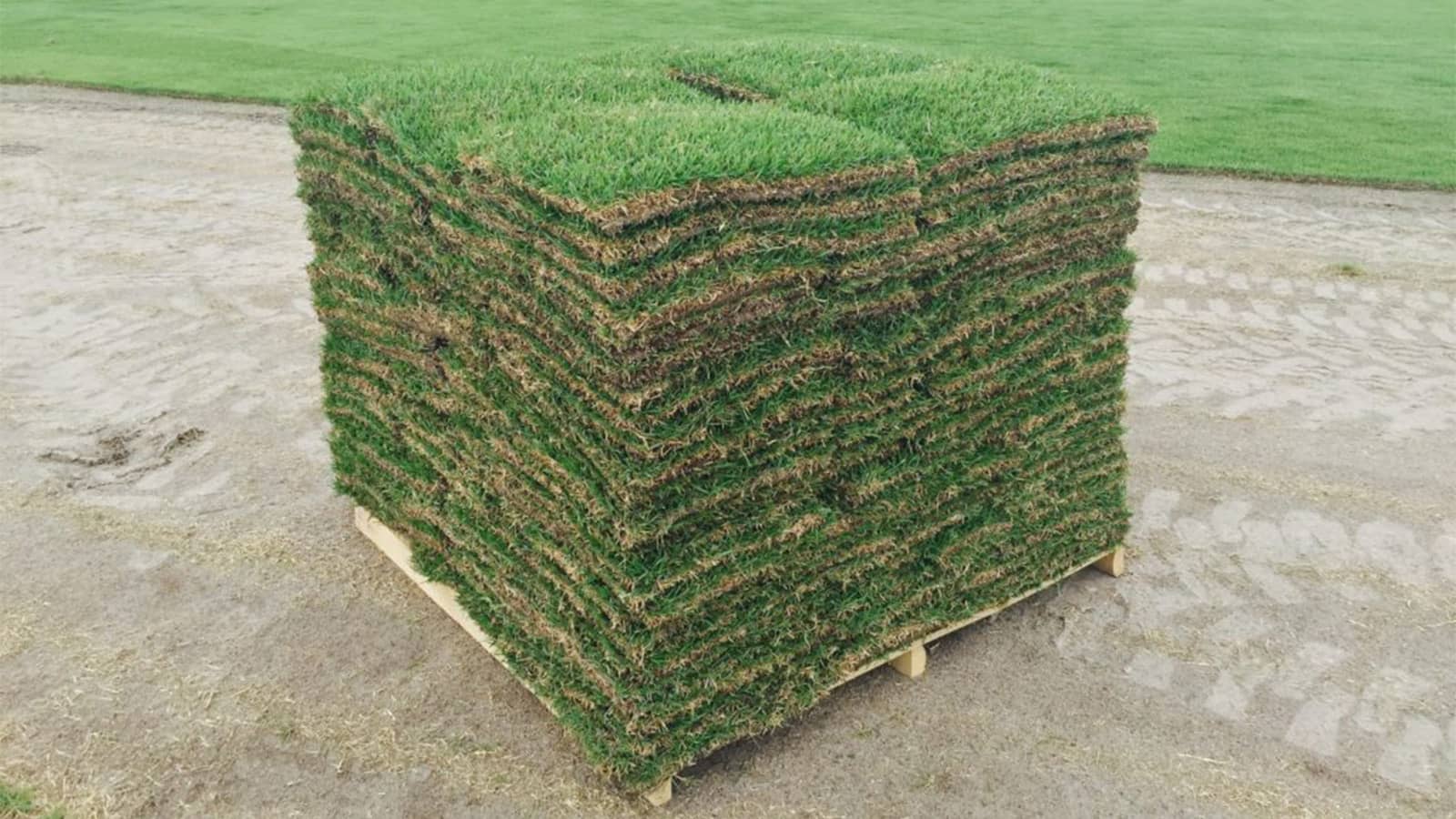

Landscaping Ideas
How Heavy Is A Pallet Of Grass
Modified: March 28, 2024
Discover the weight of a pallet of grass and get landscaping ideas. Learn about the best practices for handling and transporting grass pallets.
(Many of the links in this article redirect to a specific reviewed product. Your purchase of these products through affiliate links helps to generate commission for Storables.com, at no extra cost. Learn more)
Introduction
When it comes to landscaping, a lush, verdant lawn can transform a dull outdoor space into a vibrant oasis. Installing sod is a popular method to achieve an instantly lush lawn, and it often comes in the form of pallets of grass. However, have you ever wondered how heavy a pallet of grass can be? Understanding the weight of a pallet of grass is crucial for various reasons, including transportation logistics, installation considerations, and overall project planning.
In this article, we will delve into the factors that influence the weight of a pallet of grass, explore the average weight range, and discuss the implications for handling and transportation. Whether you are a homeowner embarking on a landscaping project or a professional landscaper seeking insights into the practical aspects of working with sod, this guide will provide valuable information to help you navigate the world of pallets of grass.
Key Takeaways:
- Understanding the weight of a pallet of grass is crucial for landscaping projects. Factors like sod variety, moisture content, and soil composition influence the weight, impacting transportation and handling considerations.
- Efficient handling and transportation of sod pallets are essential for successful landscaping projects. Factors like equipment, transportation vehicles, site accessibility, and weather considerations play a crucial role in ensuring the safe delivery and installation of lush, vibrant lawns.
Read more: How Long Can Grass Stay On A Pallet
Factors Affecting the Weight of a Pallet of Grass
Several factors contribute to the overall weight of a pallet of grass. Understanding these factors is essential for accurately estimating the weight and making informed decisions regarding handling and transportation. Here are the key factors that influence the weight of a pallet of grass:
- Sod Variety: The type of grass sod significantly impacts its weight. Different grass species have varying densities, root structures, and moisture content, all of which contribute to the overall weight of the sod pallet.
- Moisture Content: The moisture content of the sod plays a crucial role in determining its weight. Sod with higher moisture content will naturally weigh more than drier sod. Weather conditions and recent irrigation can affect the moisture content of the sod at the time of harvesting and packaging.
- Soil Composition: The composition of the soil attached to the grass roots can add substantial weight to the pallet. Heavier soil types, such as clay-rich soils, will contribute to a heavier pallet compared to lighter, sandy soils.
- Pallet Material: The material and construction of the pallet itself impact the overall weight. Wooden pallets are commonly used for transporting sod, and their weight can vary based on the type of wood and the pallet’s dimensions.
- Harvesting Method: The method used to harvest and cut the sod can influence its weight. Sod that includes a thicker layer of soil attached to the roots, known as “big roll” sod, will be heavier than sod with a thinner soil layer.
By considering these factors, landscapers, suppliers, and homeowners can gain a better understanding of the variables contributing to the weight of a pallet of grass. This knowledge is invaluable for planning and executing landscaping projects with precision and efficiency.
Average Weight of a Pallet of Grass
While the weight of a pallet of grass can vary based on the factors mentioned earlier, it is helpful to have a general idea of the average weight range for typical sod pallets. The weight of a pallet of grass is commonly measured in square feet or square meters to provide a standardized metric for comparison. On average, a pallet of grass covering 500 square feet can weigh between 1,500 and 3,000 pounds, depending on the specific factors influencing its weight.
For smaller residential projects requiring less sod coverage, pallets containing 400 square feet of grass may weigh between 1,200 and 2,400 pounds. Conversely, larger commercial or landscaping projects utilizing pallets with 600 square feet of grass can expect weights ranging from 1,800 to 3,600 pounds. These weight ranges account for variations in sod density, moisture content, and soil composition, offering a practical benchmark for estimating the transportation and handling requirements of sod pallets.
It is important to note that these average weights are indicative and may fluctuate based on regional differences, grass varieties, and specific harvesting and packaging methods employed by sod suppliers. Therefore, consulting with local sod providers and considering the unique characteristics of the sod being used is crucial for obtaining precise weight estimations.
By understanding the average weight of a pallet of grass, landscapers and homeowners can make informed decisions regarding equipment, transportation logistics, and installation processes, ultimately contributing to the successful execution of landscaping projects involving sod.
A pallet of grass typically weighs around 1,500 to 3,000 pounds, depending on the type of grass and the moisture content. It’s important to consider the weight when planning for transportation and installation.
Handling and Transportation Considerations
Efficient handling and transportation of pallets of grass are essential to ensure the integrity of the sod and streamline the installation process. Given the substantial weight of sod pallets, it is crucial to consider several factors when planning for their handling and transportation:
- Equipment and Machinery: Due to the weight of sod pallets, appropriate handling equipment is necessary. Forklifts or pallet jacks capable of bearing the weight of the sod pallets are commonly used for loading, unloading, and transporting them within the project site.
- Transportation Vehicles: When transporting sod pallets from the supplier to the project site, it is important to select transportation vehicles and trailers capable of safely accommodating the weight and size of the pallets. Ensuring secure loading and adherence to weight restrictions on public roads is paramount.
- Site Accessibility: Assessing the accessibility of the project site is crucial to determine the most efficient routes for transporting and placing the sod pallets. Factors such as narrow pathways, steep inclines, or soft ground should be considered to prevent transportation challenges and potential damage to the sod or the site itself.
- Handling Precautions: Proper handling techniques, including securing the sod pallets during transportation to prevent shifting or tipping, are essential to maintain the integrity of the grass and ensure safety during transit.
- Weather Considerations: Weather conditions, particularly rain and excessive moisture, can significantly increase the weight of sod pallets. Monitoring weather forecasts and taking precautions to protect the sod from excessive moisture during transportation is vital to prevent additional weight and potential damage.
By meticulously addressing these handling and transportation considerations, landscapers and project managers can mitigate potential challenges, minimize the risk of damage to the sod, and optimize the efficiency of the installation process. Prioritizing safety and proper handling practices contributes to the successful delivery and placement of sod pallets, laying the foundation for a vibrant and healthy lawn.
Conclusion
Understanding the weight of a pallet of grass is a fundamental aspect of landscaping projects that involve the use of sod. By considering the factors influencing the weight, estimating average pallet weights, and addressing handling and transportation considerations, landscapers and homeowners can navigate the complexities of working with sod pallets more effectively.
From the type of grass and soil composition to moisture content and pallet construction, the interplay of these factors contributes to the overall weight of a pallet of grass. This knowledge empowers stakeholders to make informed decisions regarding equipment, transportation logistics, and project planning, ultimately enhancing the efficiency and success of landscaping endeavors.
By acknowledging the average weight range of sod pallets and recognizing the importance of proper handling and transportation practices, landscaping professionals can ensure the safe and secure delivery of sod to project sites. This, in turn, sets the stage for the successful installation of lush, vibrant lawns that enrich outdoor spaces and contribute to the beauty of residential and commercial properties.
In conclusion, the weight of a pallet of grass is not merely a logistical consideration; it is a foundational element that shapes the entire process of transforming landscapes into thriving, green environments. By embracing a comprehensive understanding of sod pallet weights and associated considerations, landscapers and homeowners can embark on their projects with confidence, knowing that they are equipped to handle and transport the essence of natural beauty – one pallet of grass at a time.
Frequently Asked Questions about How Heavy Is A Pallet Of Grass
Was this page helpful?
At Storables.com, we guarantee accurate and reliable information. Our content, validated by Expert Board Contributors, is crafted following stringent Editorial Policies. We're committed to providing you with well-researched, expert-backed insights for all your informational needs.
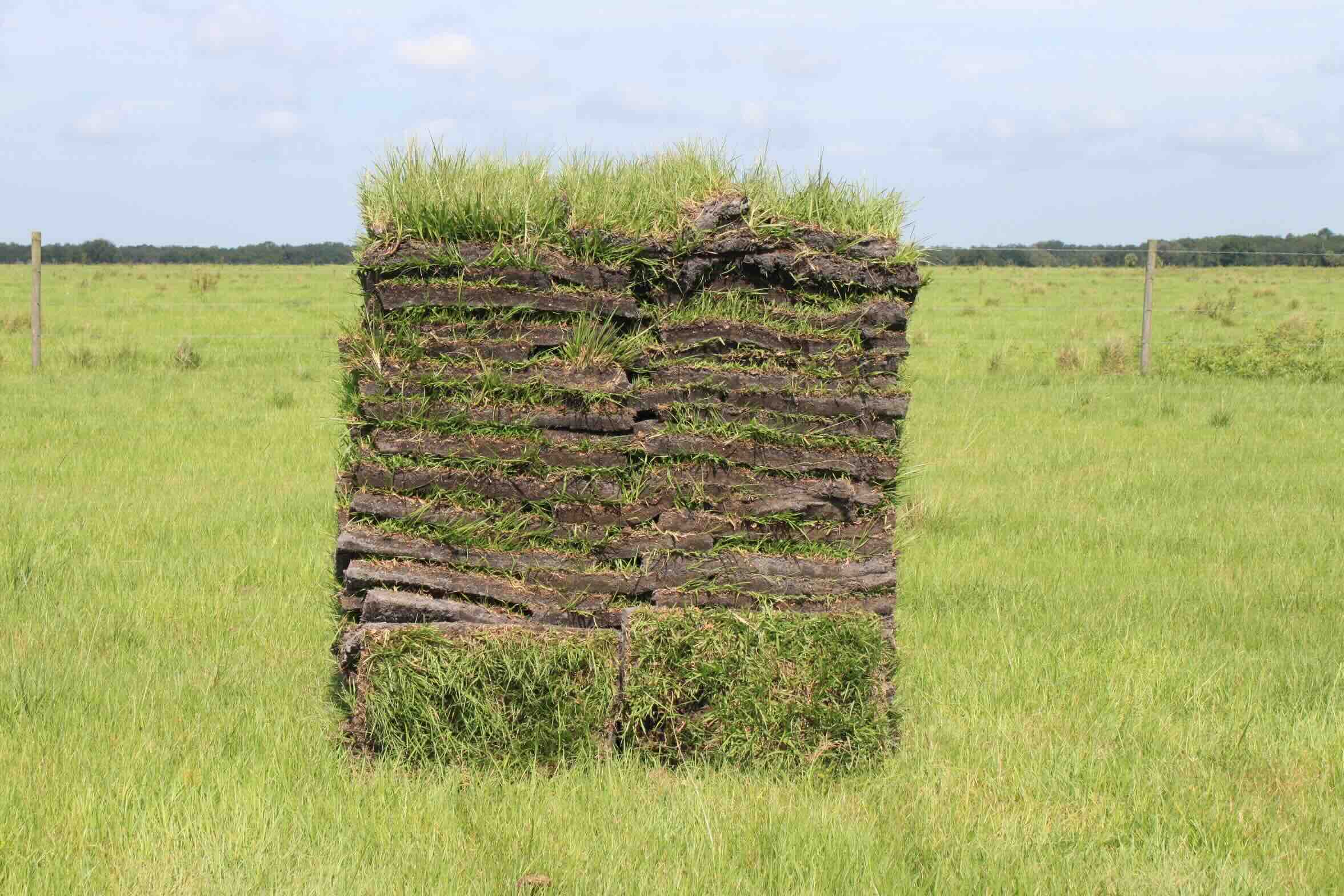
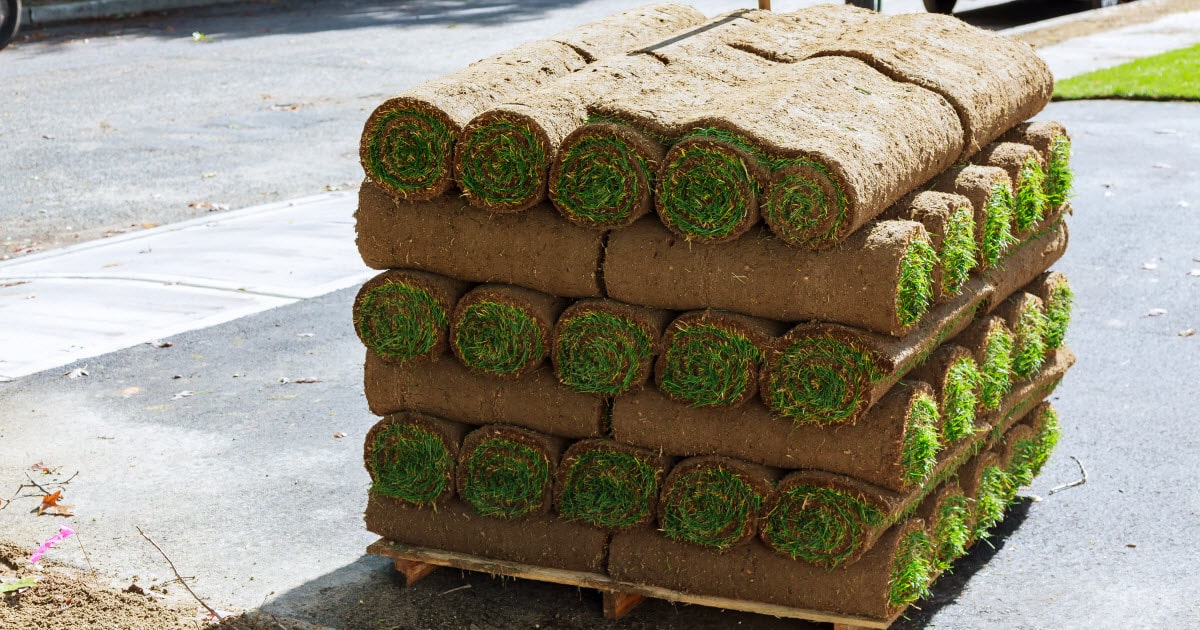
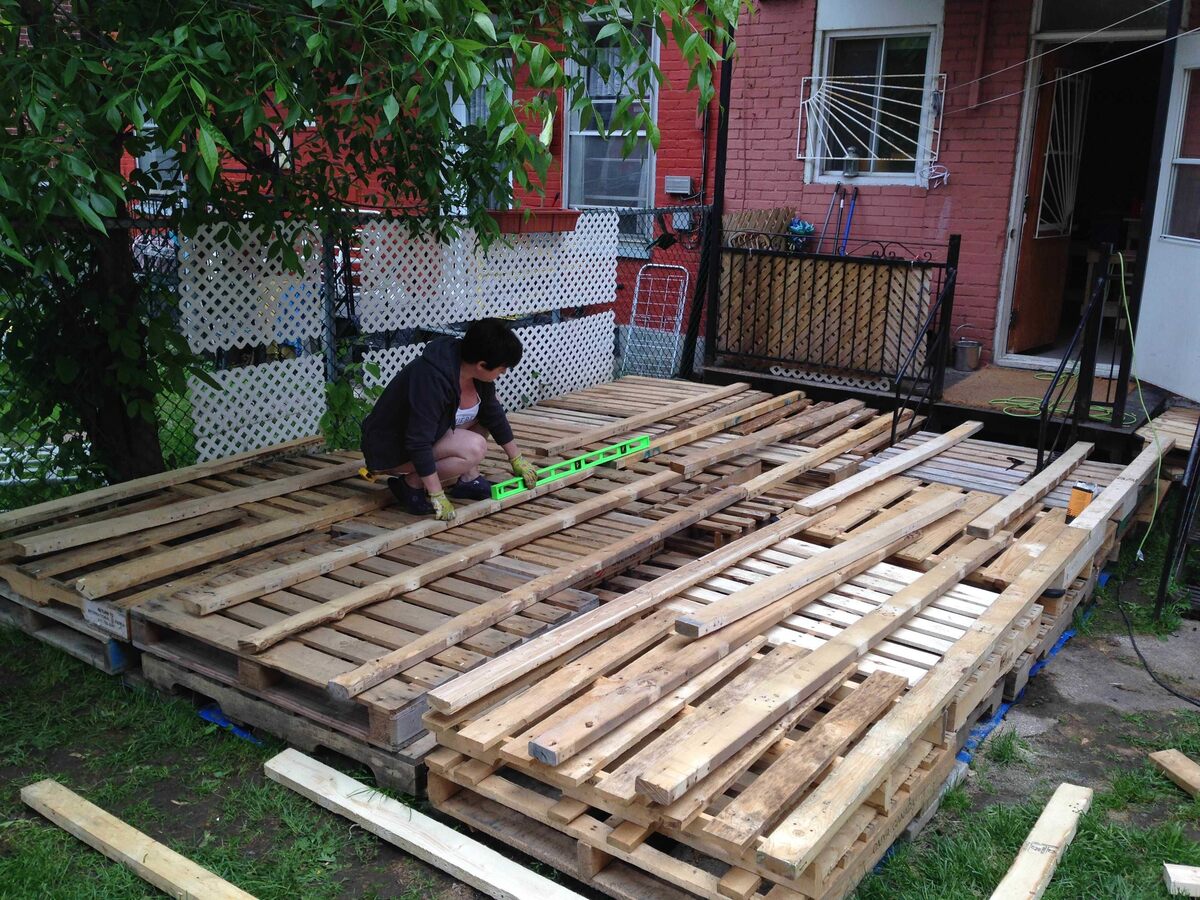


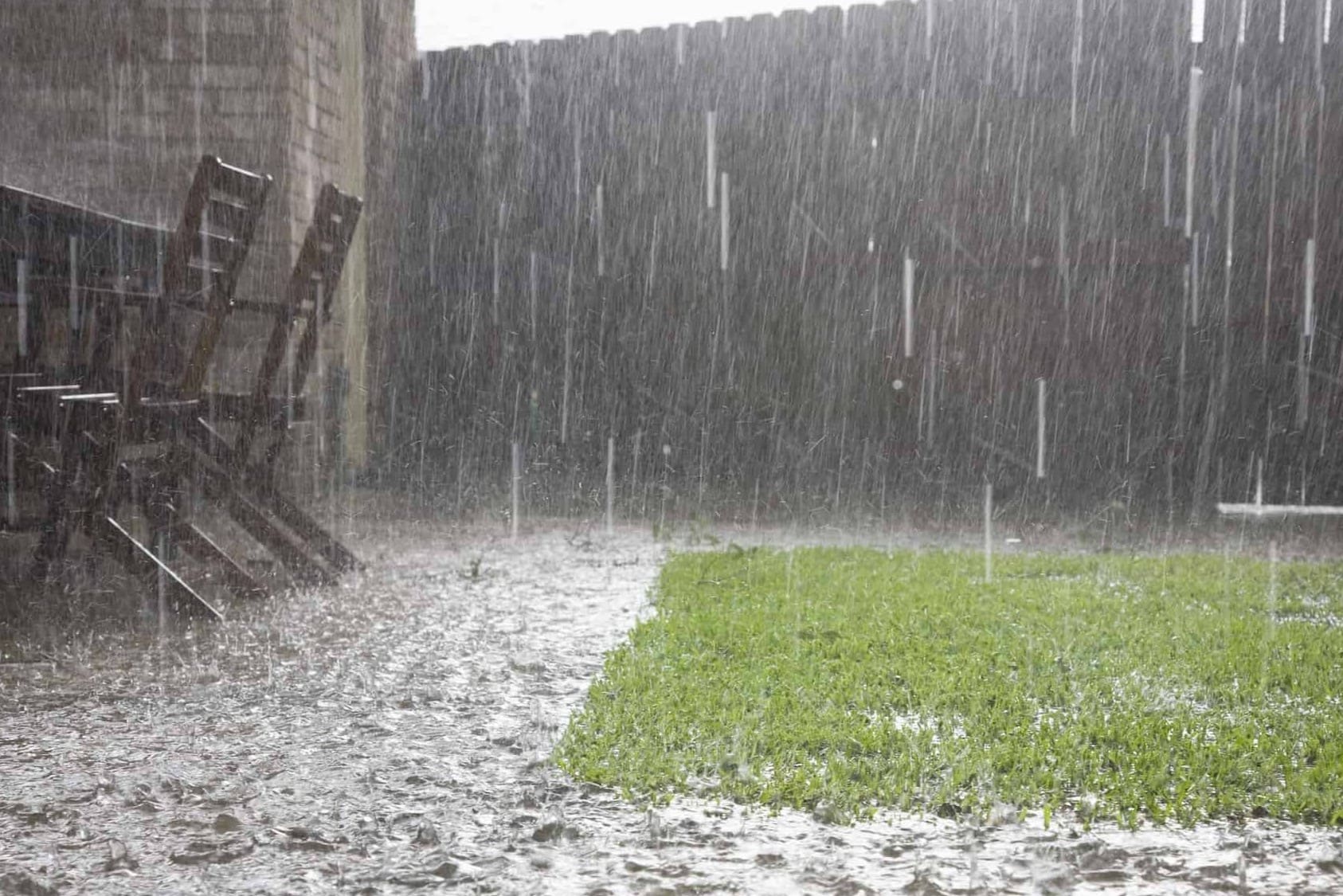


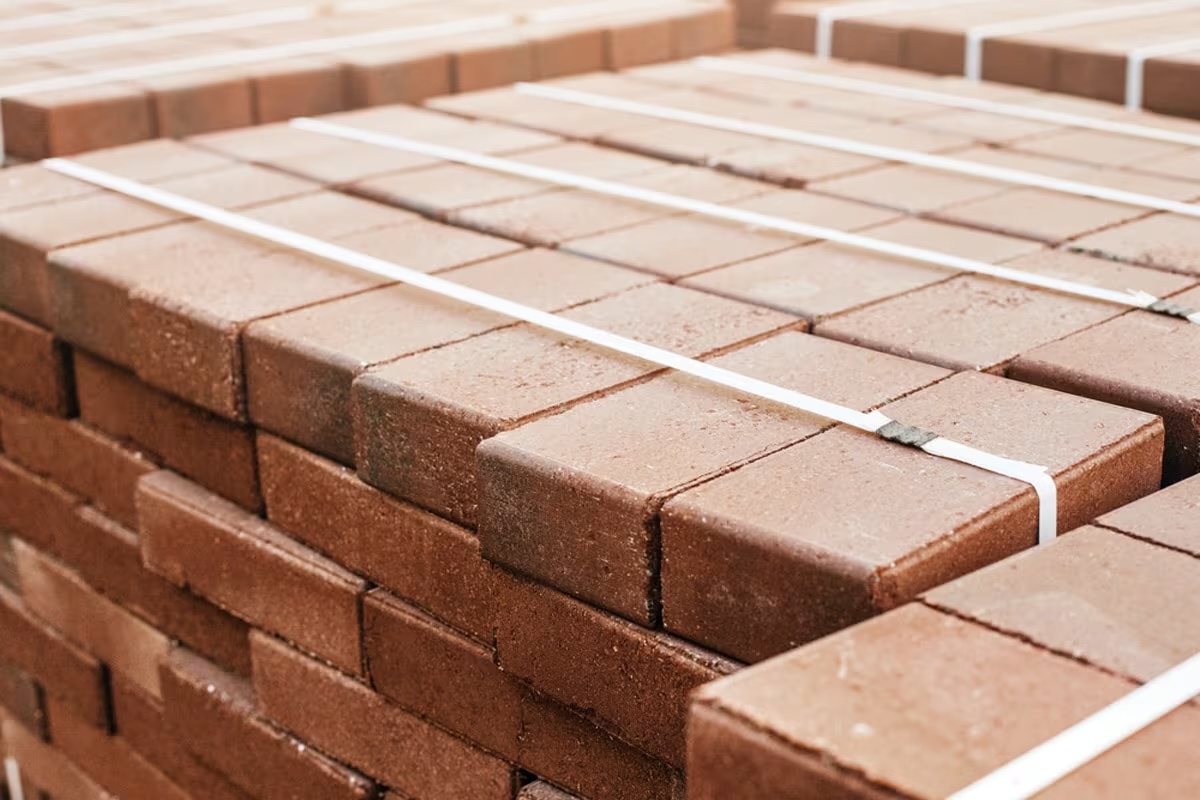
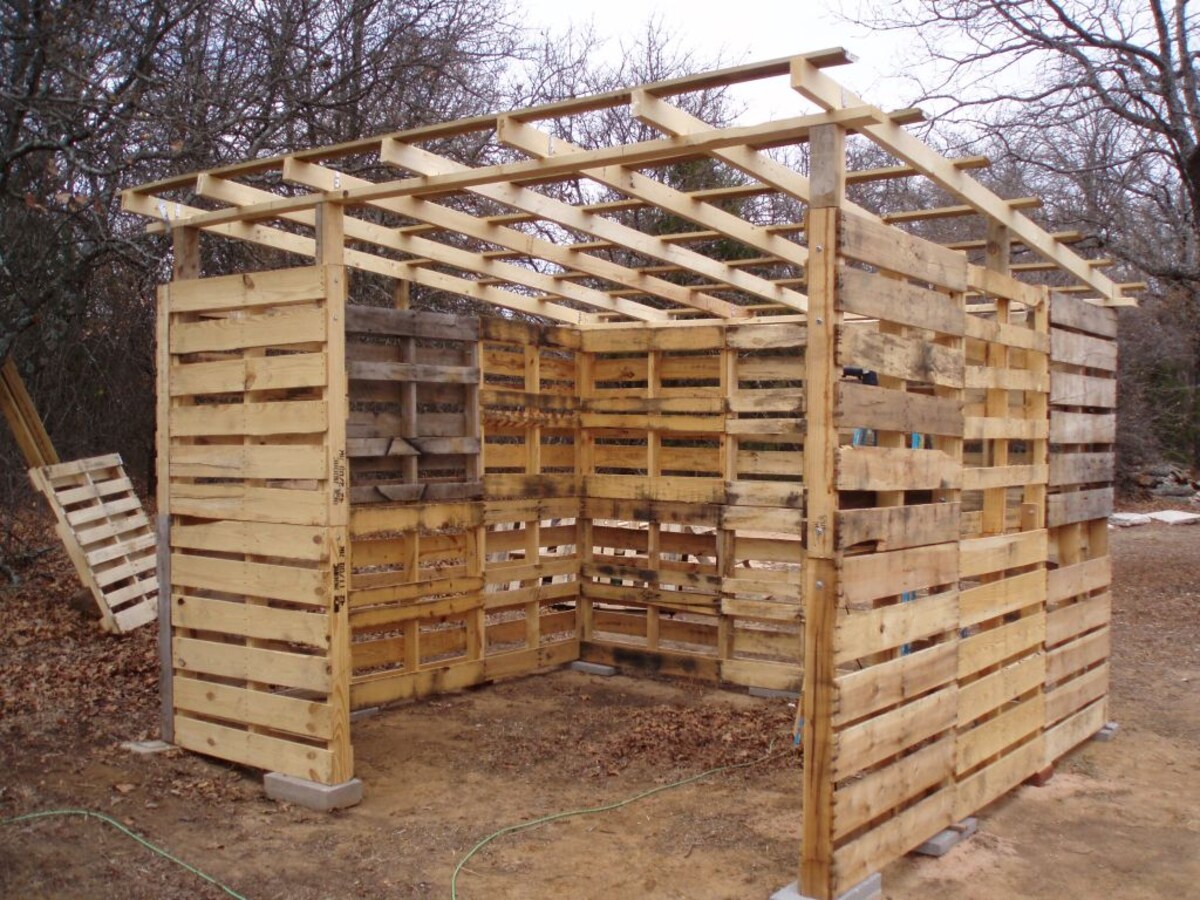




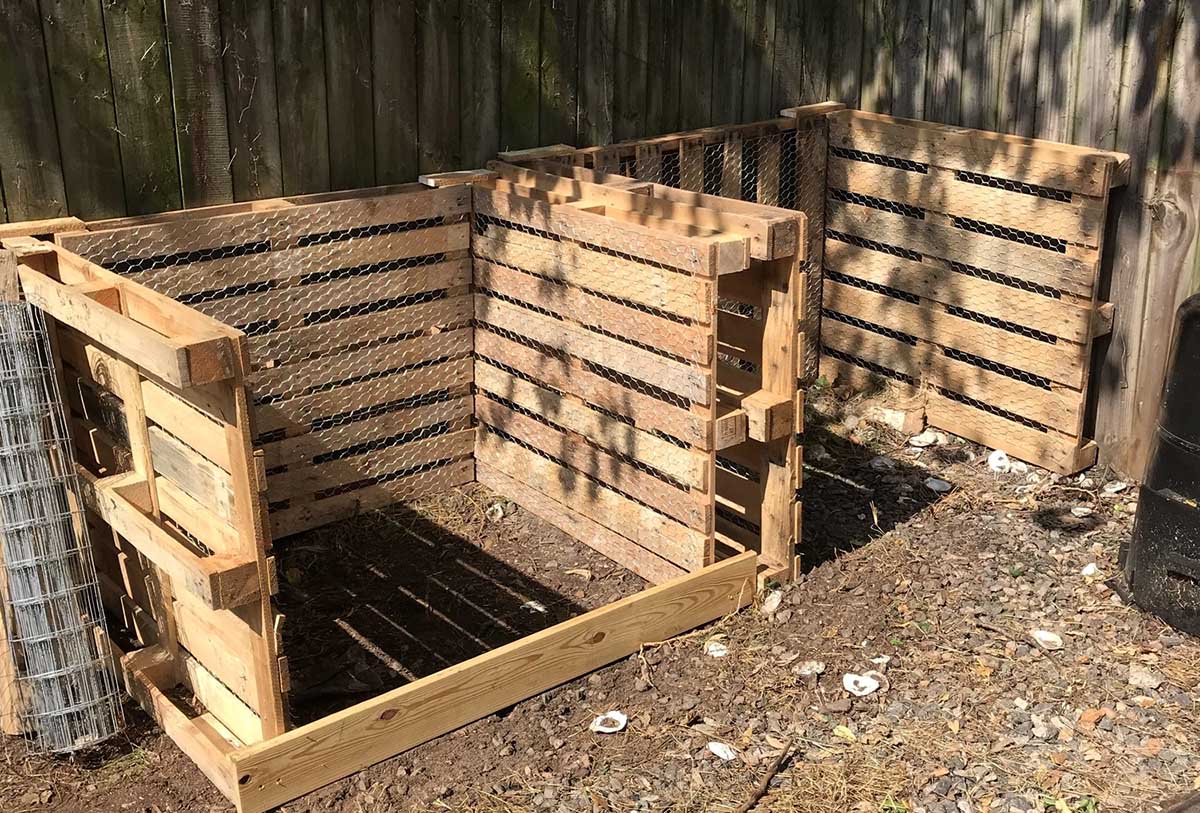

0 thoughts on “How Heavy Is A Pallet Of Grass”